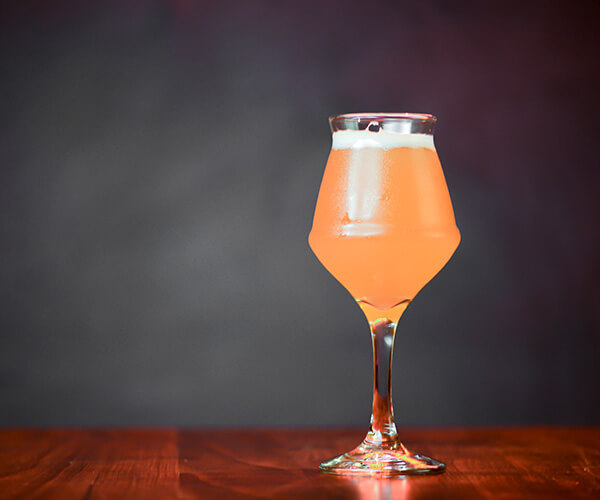Beer without the bubbles just ain’t the same. Carbonation in beer is created during fermentation when yeast absorbs the sugar in the wort; thus, creating alcohol and carbon dioxide. That CO2 is what gives your beer all that refreshing zing. The carbonation not only affects the beer’s taste, but it also enhances its aroma, creates a nice feel on the tongue, and dries out your palate so you crave that next sip.
But what happens when you order a craft beer comes out with a bunch of carbonation bubbles anchored to the sides of your glass? We know you’ve seen it happen. But we don’t blame you for drinking it – you didn’t know. If this happens again, send that beer back! Carbonation sticking to glass is a telltale sign that glass is dirty.
So not only does carbonation make or break a great brew – but, it also is the perfect detector on if your glass has been cleaned properly or not. What those bubbles are doing is sticking to anything in that glass that isn’t supposed to be there; this could be lingering oils, dish soap, food residue…do you really want us to go on? Not only will these things ruin the taste of your beer, but they probably aren’t the best things to be drinking in the first place.
What you should look for in a glass the next time you step inside a brewery is one that is nice and smooth, and allows those bubbles to rise all the way to to the top in a sweet, fluid motion. If they don’t float to the top, ask the brewmaster to pour your another. And if they have a problem with that, you have our permission to send them our way.
We’ll take care of ya.
